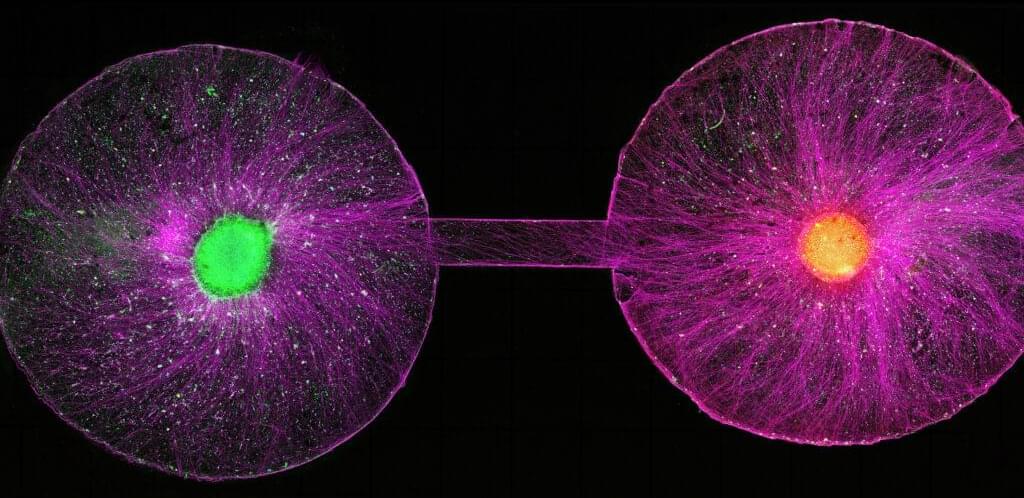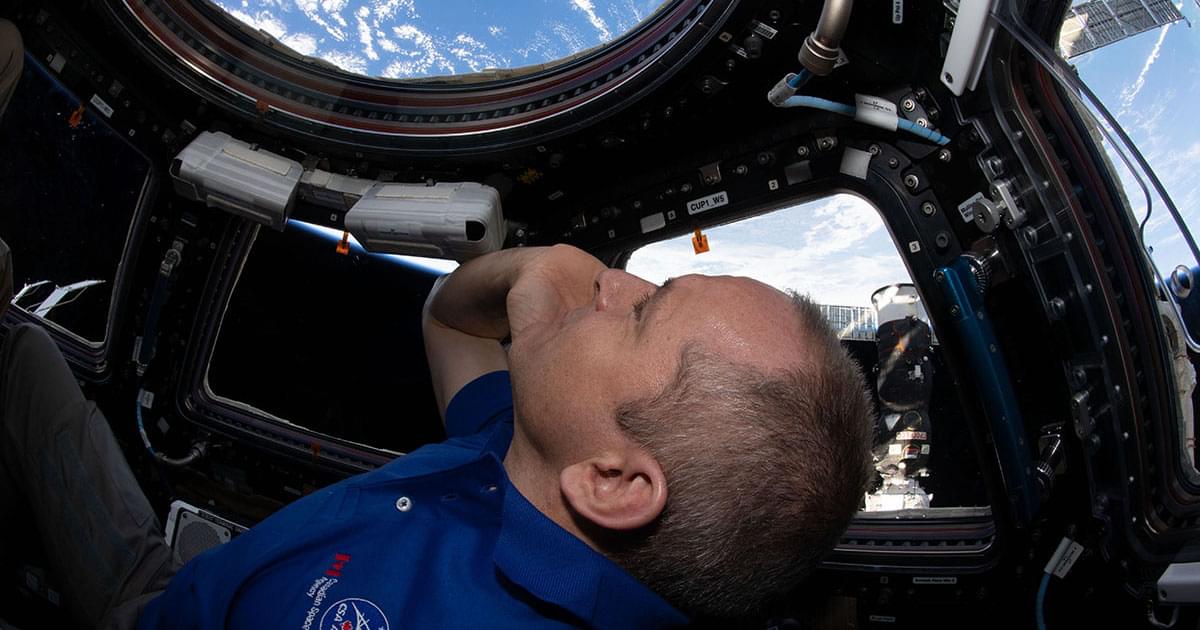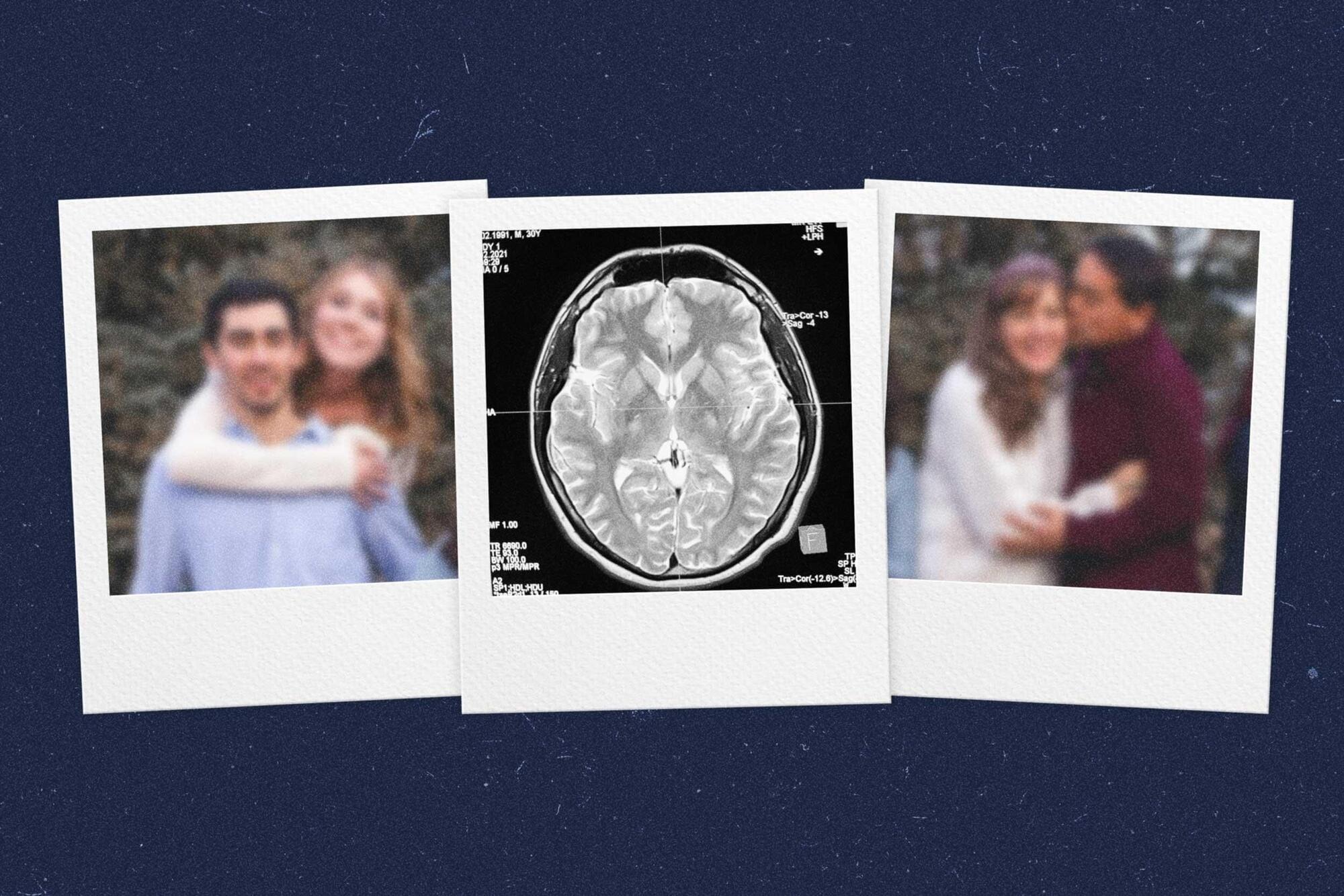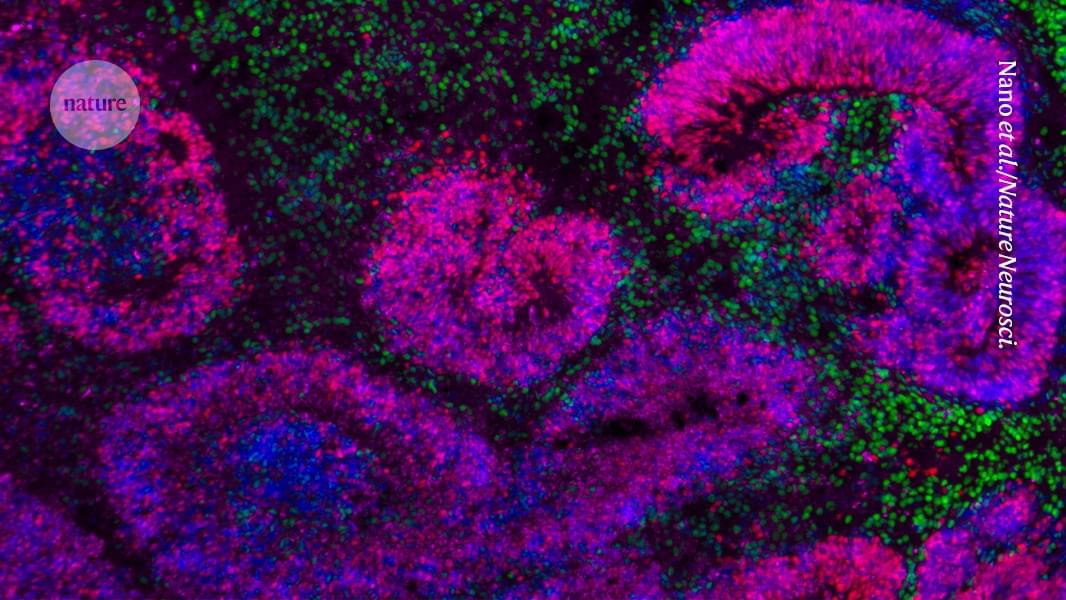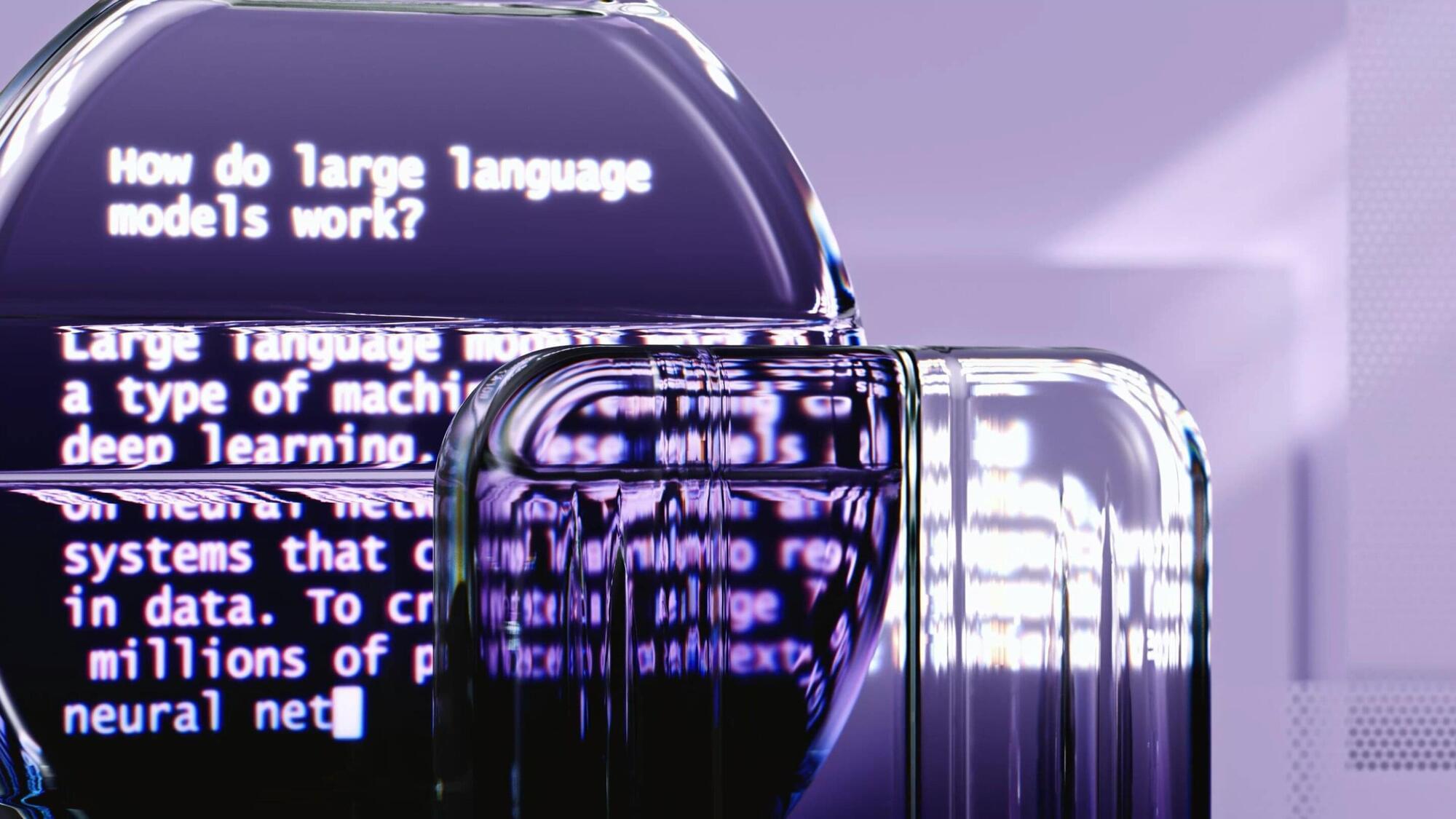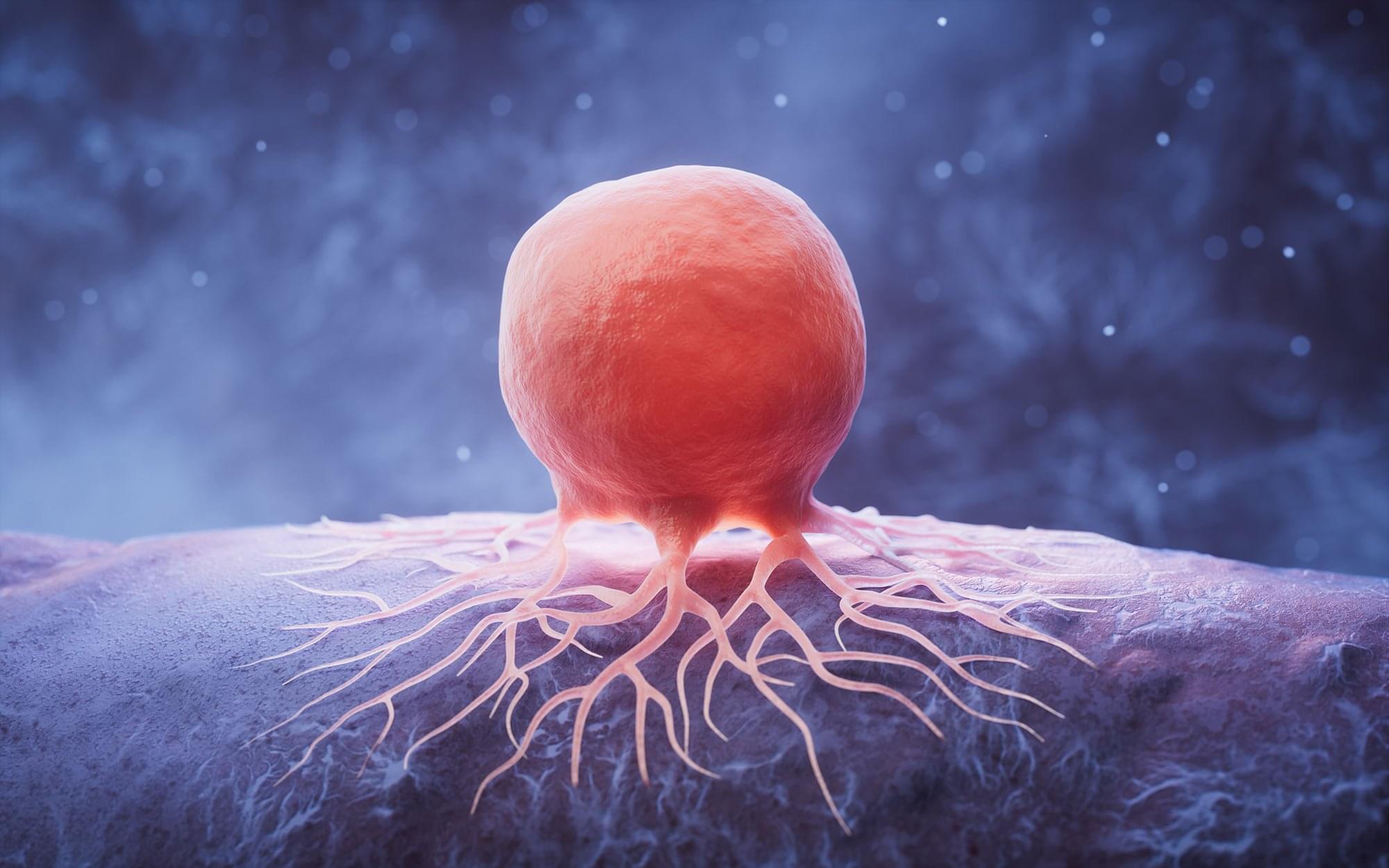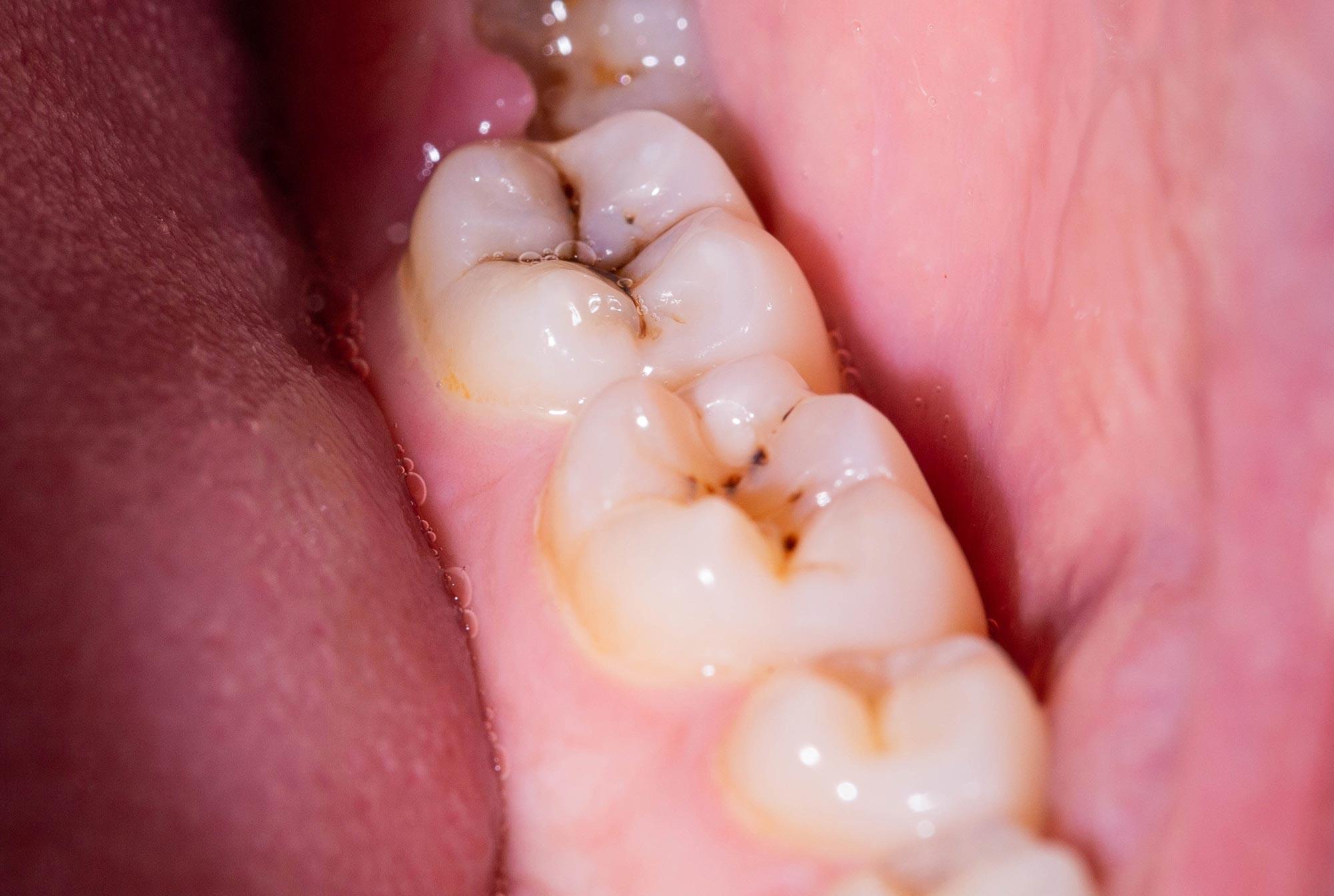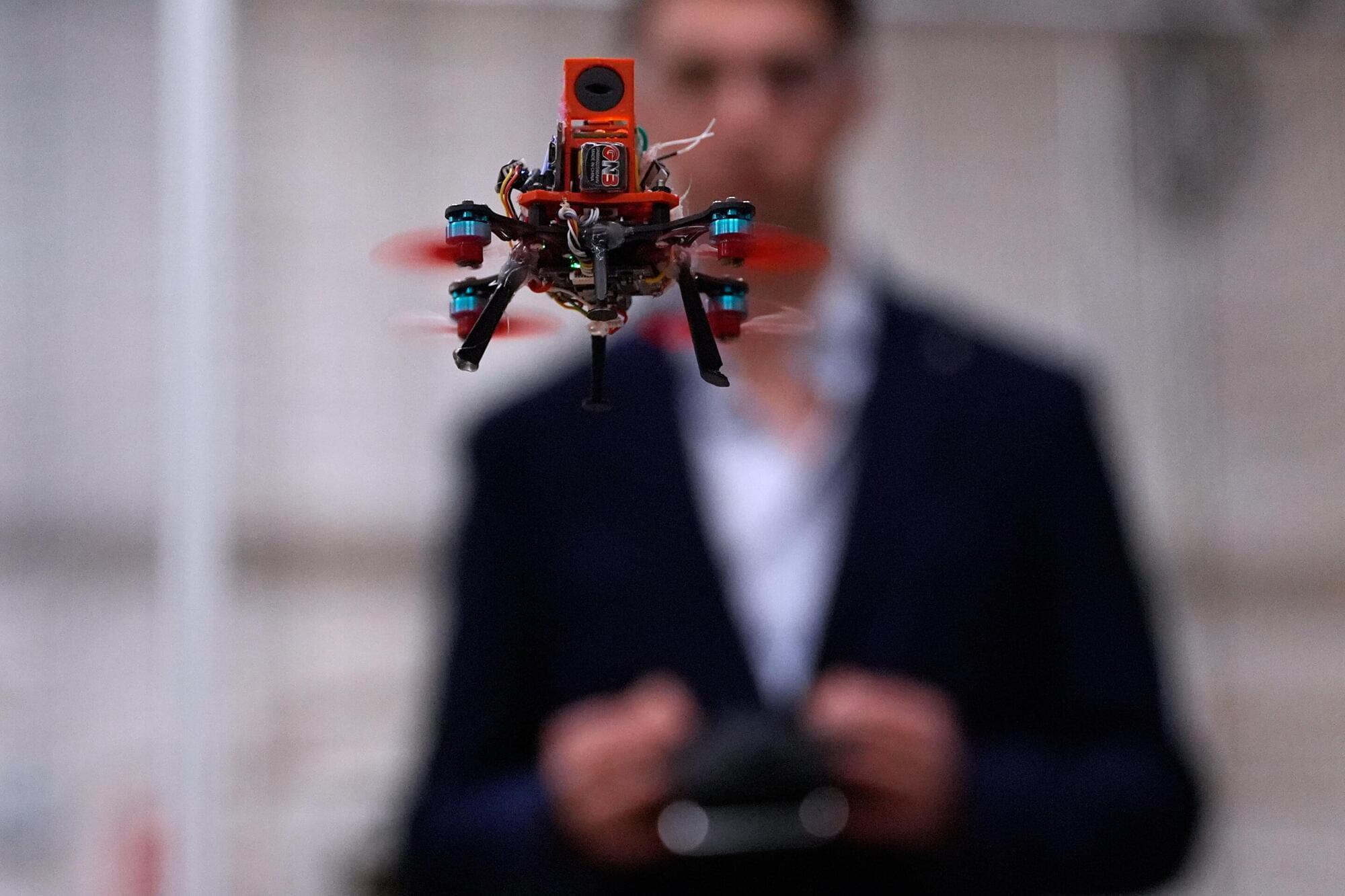Here, Richard Bucala & team show combined anti-MIF and anti–PD-1 reduces tumor growth and improves survival in melanoma and colorectal cancer mouse models:
The figure shows tumor regions of necrosis, immune infiltration, and reduced tumor volume in mice treated with MIF and PD-1.
1Yale Cancer Center, Department of Internal Medicine, and.
2Section of Rheumatology, Allergy & Immunology, Department of Internal Medicine, Yale School of Medicine, New Haven, Connecticut, USA.
3Department of Medicine, Trinity College Dublin, Dublin, Ireland.

